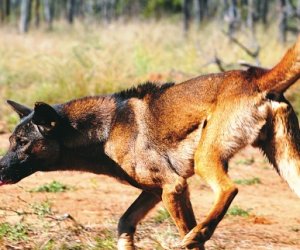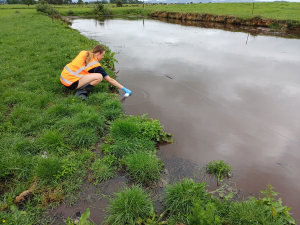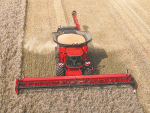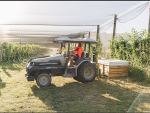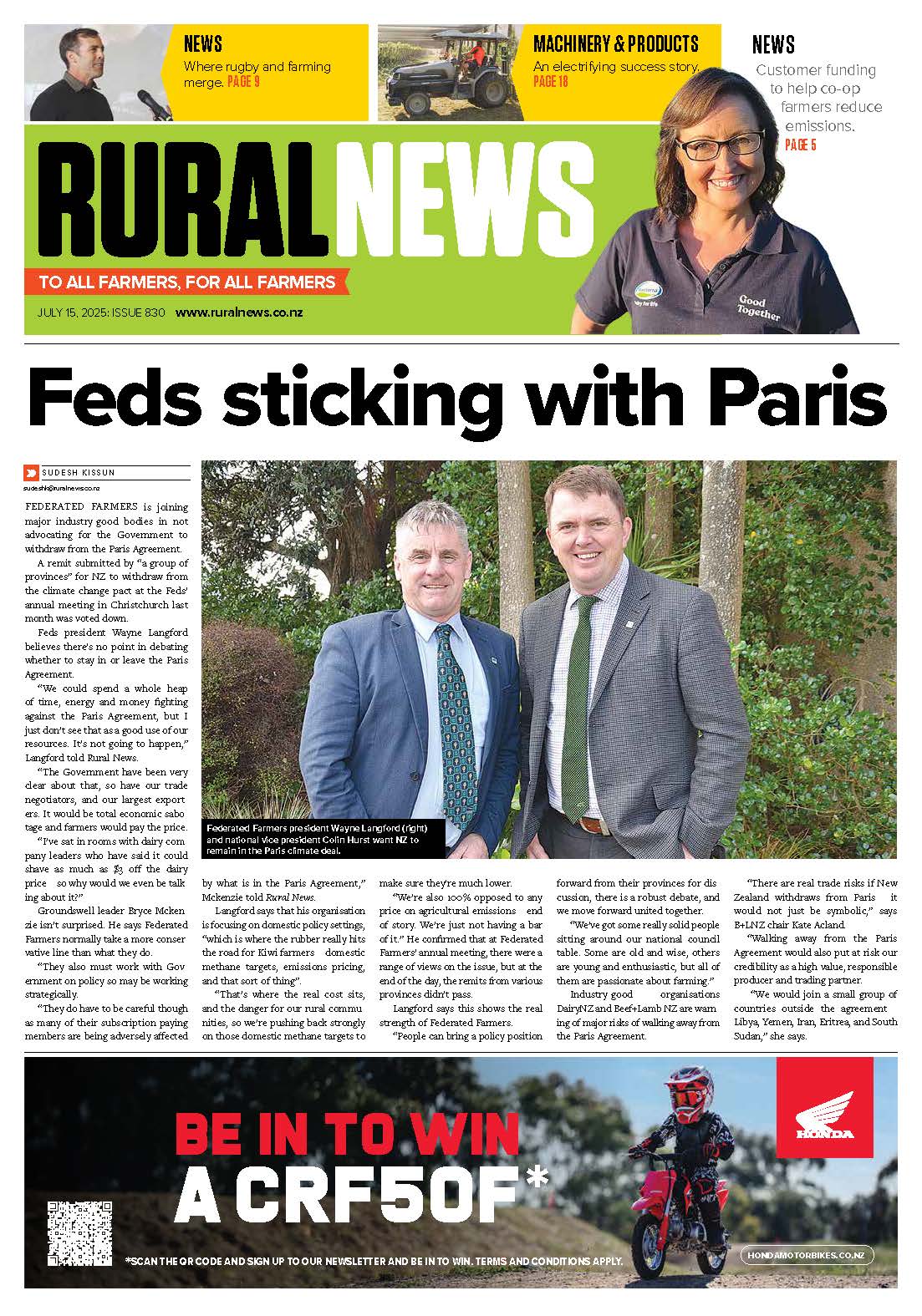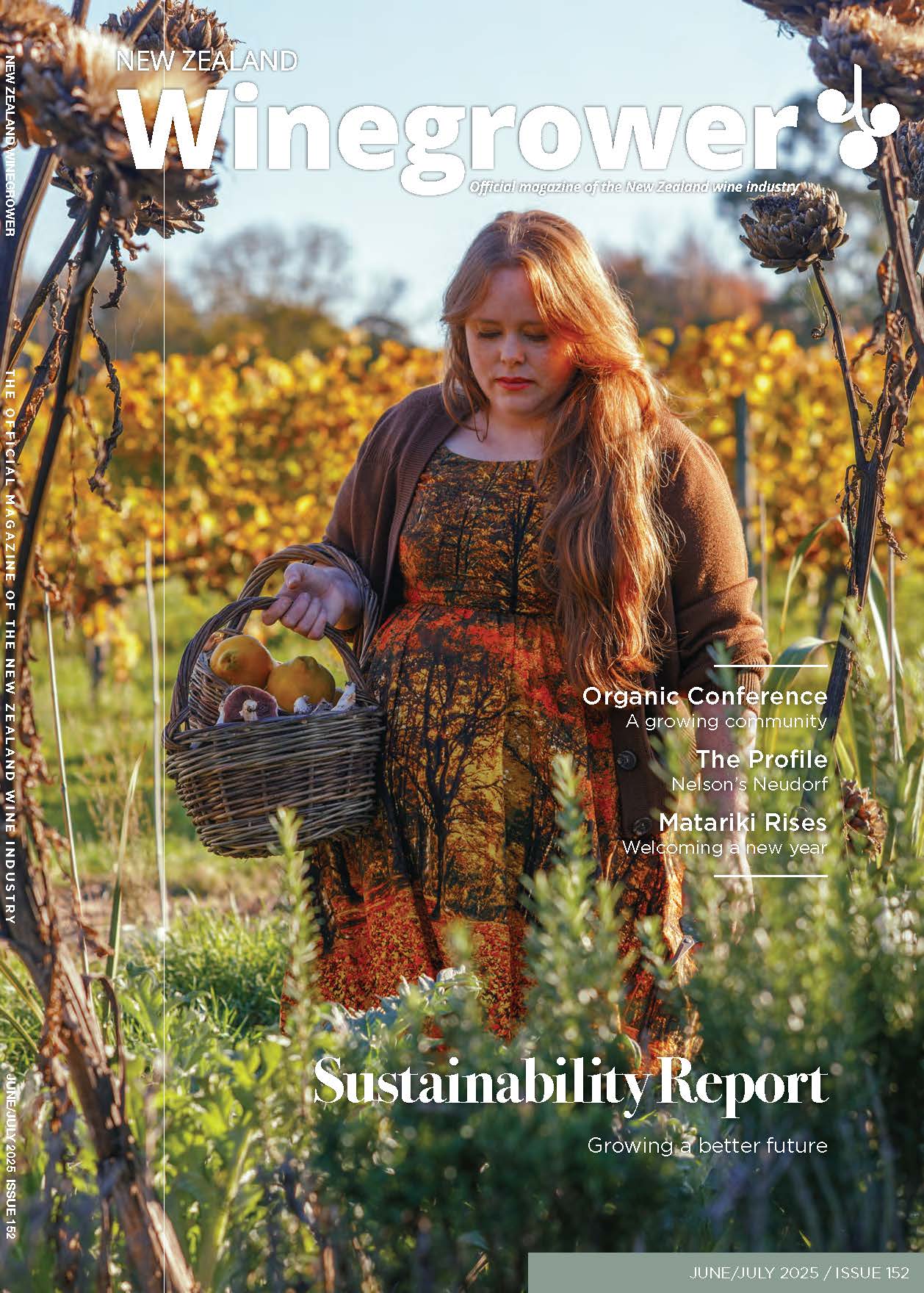Invasive Animals Co-operative Research Centre chief executive Andreas Glanznig says swelling rabbit numbers due to increased food availability and Rabbit Haemorrhagic Disease resistance, expanding carp populations and increasing livestock losses to wild dogs and pigs are among five key research targets.
Participants in the CRC progamme include the UK’s Food & Environment Research Agency.
The CRC wants to achieve a system that will mean no new vertebrate pests established in Australia through the development of a national incursions response system, and, going a step further, to conduct research underpinning an optimal strategy to eradicate foxes from the island state of Tasmania.
Also on the wish list is a system underpinning strategic forecasting and planning to allow pre-emptive invasive animal management as well as for landscape-scale recovery of key land and water regions after control of rabbits, carp and wild dogs.
The CRC will also investigate the relationships between native and introduced predators (wild dogs, foxes and cats) in Eastern Australia to improve management of these pests to limit impacts on biodiversity, primary production and domestic pets.
It wants to create new social networks and institutions for better community engagement to control pest animals, for instance stronger community involvement in citizen science mapping, ongoing research for improved strategic wild dog management in sheep and cattle regions of Australia; and improved agricultural productivity from accelerated adoption of pest animal control strategies and technologies.
Glanznig says more humane controls including new baits for wild dogs, foxed and feral pigs, and new delivery systems, are expected to be commercially released within a year.
“The ultimate objective is to ensure Australia’s farmers and land managers are not exposed to the risk of having inadequate technologies against pest animals to protect biodiversity assets and long-term food security,” he says.





